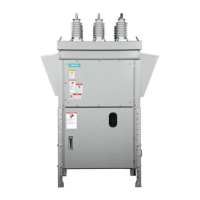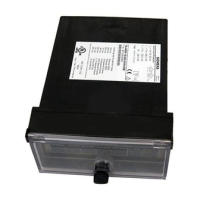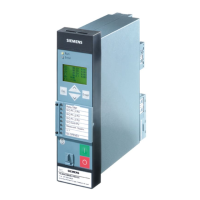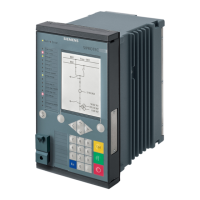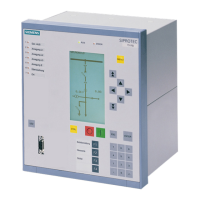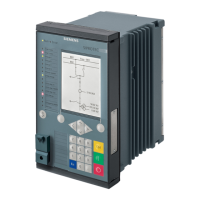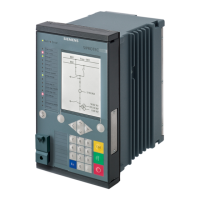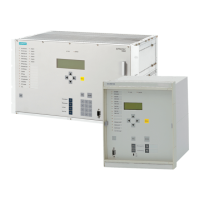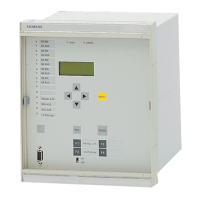Methods of implementing selectivity using circuit breakers
3.1 Starting point
Selectivity for 3VA molded case circuit breakers
Configuration Manual, 08/2016, A5E03603181010-01
15
3.1 Starting point
The starting point is a fault scenario in a low-voltage power distribution system that is
protected by circuit breakers.
S1 Incoming feeder circuit breaker
S2.1 - S2.3 Main distribution board circuit breaker
S3.1 - S3.3 Subdistribution board circuit breaker
Figure 3-1 Fault scenario in a low-voltage power distribution system
The fault occurs downstream of circuit breaker S3.3. The three circuit breakers in the energy
line marked in red are all affected by the over-current.
If all of the circuit breakers are operating selectively, only circuit breaker S3.3 situated
directly at the fault source is permitted to trip. Circuit breakers S1 and S2.2 that are further
upstream must not trip even though they might detect the over-current.
3.2 Selectivity in the overload zone
Selectivity in the overload zone is implemented by using a suitable combination of protective
devices. It is determined by plotting the tripping characteristics in a graph.
Circuit breakers suitable for this application
Devices suitable for implementing selectivity in the overload zone include, for example,
molded case circuit breakers with an electronic and a thermal-magnetic trip unit and air
circuit breakers.
A fictitious example will be assessed below; this comprises a combination of a
downstream 100 A molded case circuit breaker and an upstream 250 A molded case circuit

